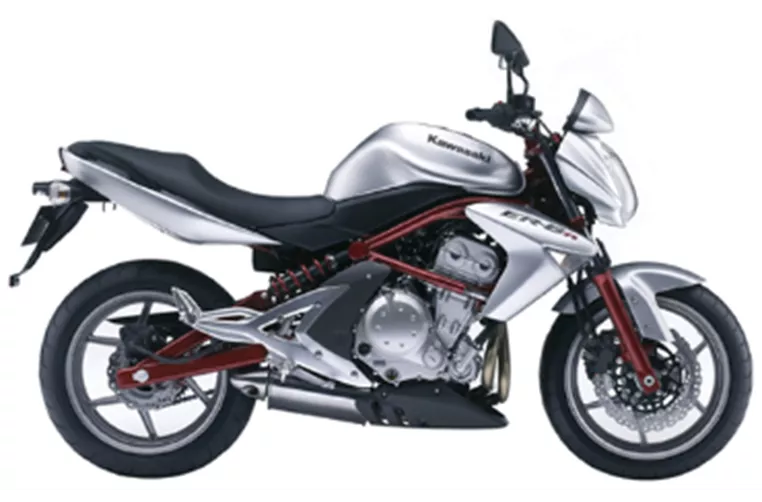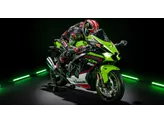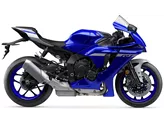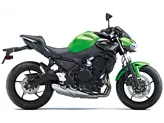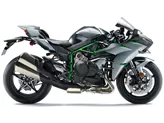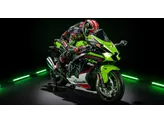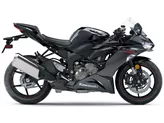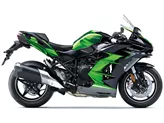Kawasaki ER-6n 2008 vs. Kawasaki Ninja ZX-10R 2021

Kawasaki ER-6n 2008

Kawasaki Ninja ZX-10R 2021
Overview - Kawasaki ER-6n 2008 vs Kawasaki Ninja ZX-10R 2021
The Kawasaki ER-6n model year 2008 and the Kawasaki Ninja ZX-10R model year 2021 are two distinct motorcycles with different characteristics and target audiences.
Starting with the technical specifications, the ER-6n 2008 is a naked bike with a 649cc, liquid-cooled, 2-cylinder engine producing 72 horsepower. It has a wheelbase of 1405mm, a seat height of 785mm, and a fuel tank capacity of 15.5 liters. On the other hand, the Ninja ZX-10R 2021 is a supersport bike with a 998cc, liquid-cooled, 4-cylinder engine producing a whopping 203 horsepower. It has a slightly longer wheelbase of 1440mm, a higher seat height of 835mm, and a larger fuel tank capacity of 17 liters.

Kawasaki ER-6n 2008
In terms of strengths, the ER-6n 2008 is praised for its lightness, precision, and rideability. It has a modern and dynamic look, making it visually appealing. It is also beginner-friendly, with trustworthy ergonomics and the added safety feature of ABS.
On the other hand, the Ninja ZX-10R 2021 boasts high-quality workmanship and strong components. Its high-revving and powerful engine deliver exhilarating performance. It offers great wind protection with good aerodynamics and a comfortable seating position, even for taller riders. The bike also comes with a high-quality electronics package, powerful brakes, and a well-balanced chassis.
However, both motorcycles have their weaknesses. The ER-6n 2008 may not be suitable for taller riders above 1.80m due to the uncomfortable sitting position in relation to the footrests. Additionally, it is not particularly suitable for performing wheelies.
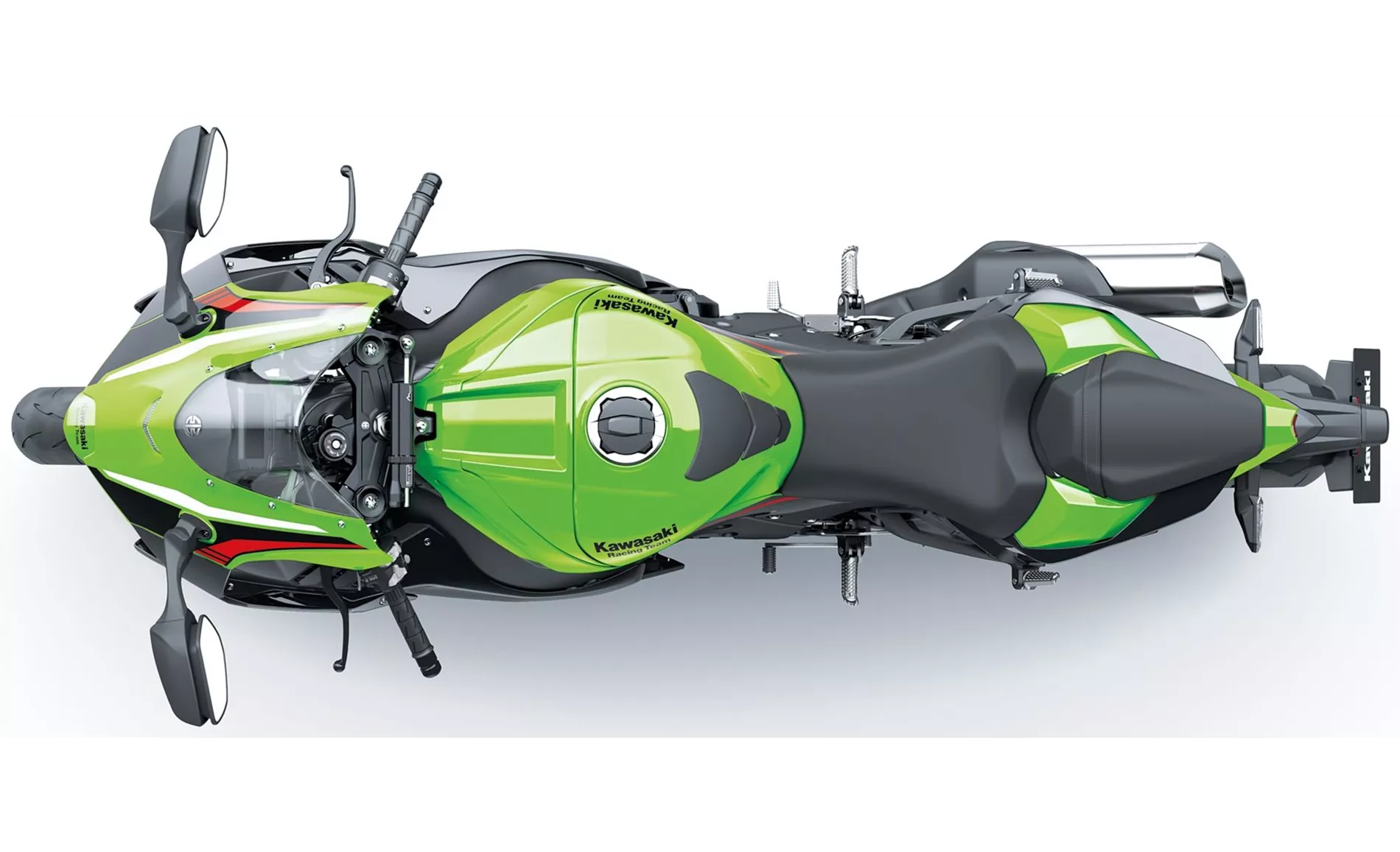
Kawasaki Ninja ZX-10R 2021
On the other hand, the Ninja ZX-10R 2021 has been criticized for its load change reactions in the partial load range, which may affect the smoothness of the ride. The quickshifter is also noted to be somewhat slow, and the display is considered somewhat small.
In conclusion, the Kawasaki ER-6n 2008 and the Kawasaki Ninja ZX-10R 2021 are two motorcycles designed for different purposes. The ER-6n 2008 is a beginner-friendly naked bike with a focus on lightness and rideability, while the Ninja ZX-10R 2021 is a high-performance supersport bike with advanced features and powerful components. Ultimately, the choice between the two would depend on the rider's preferences and intended use.
Technical Specifications Kawasaki ER-6n 2008 compared to Kawasaki Ninja ZX-10R 2021
Pros and Cons in comparison
Pros and Cons in comparison
Kawasaki ER-6n 2008
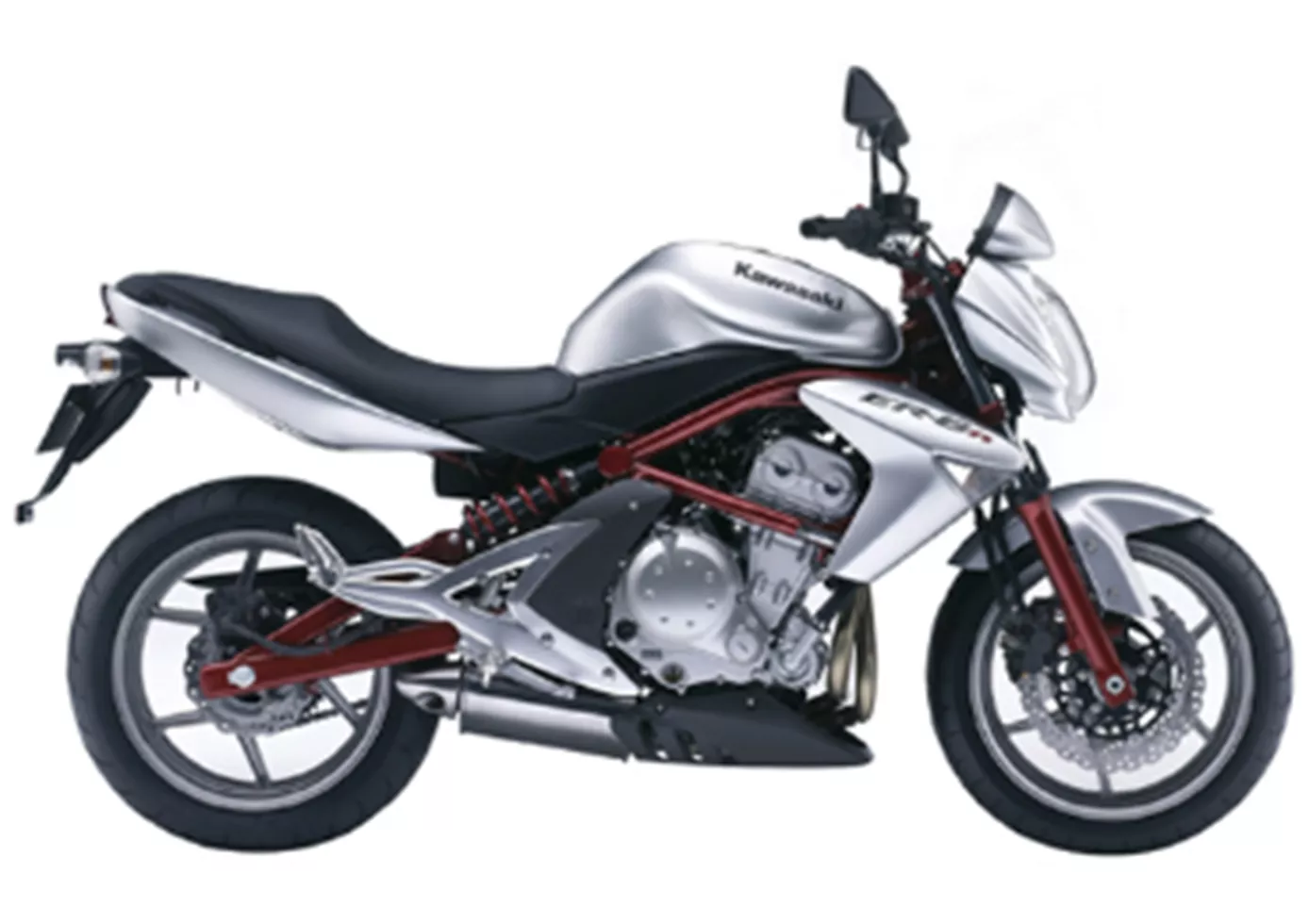
Kawasaki bygger inga leksaker. ER-6N blir mer seriös - och förblir nybörjarvänlig.
Kawasaki Ninja ZX-10R 2021
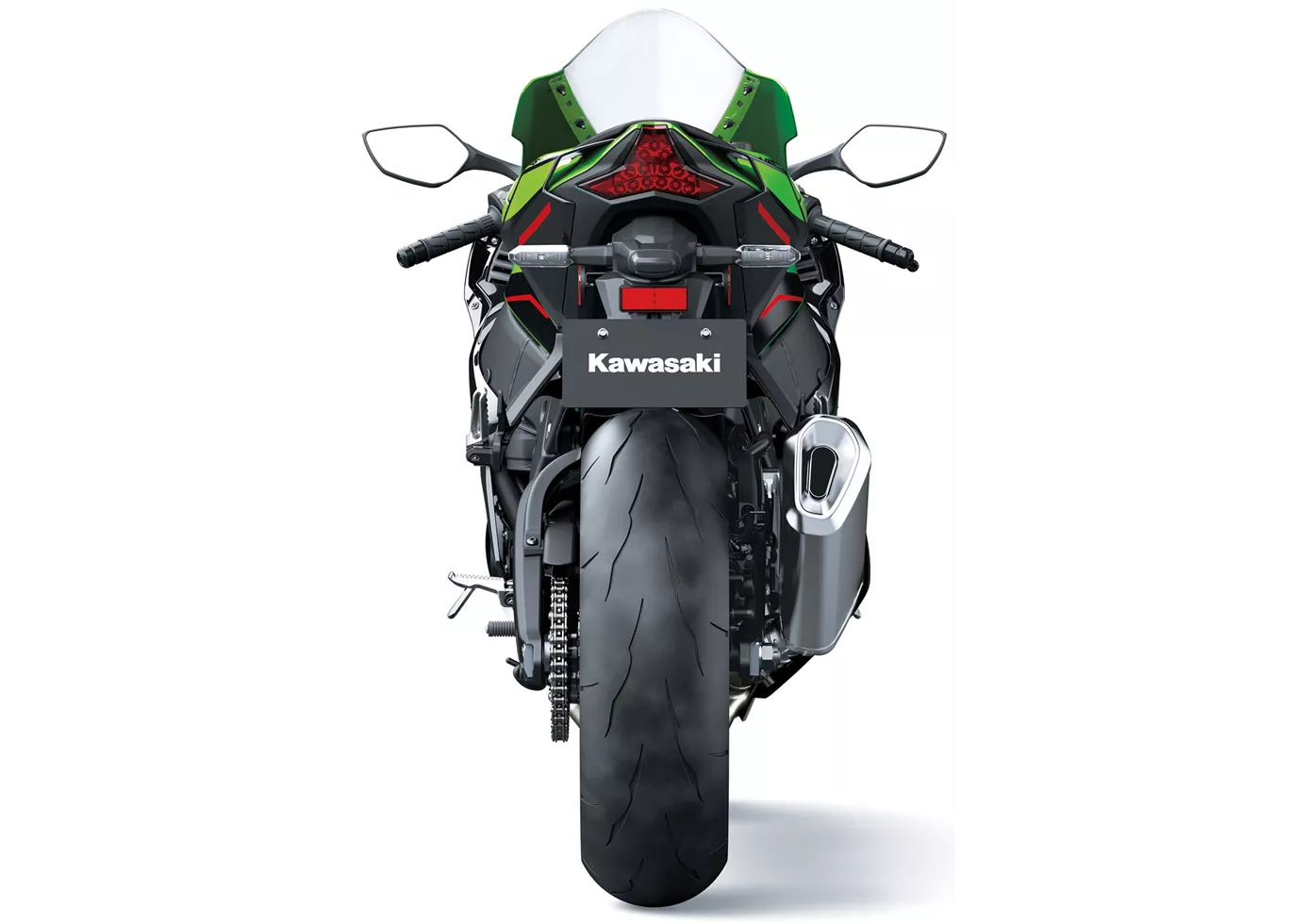
Kawasaki erbjuder ett moget helhetspaket med Ninja ZX-10R under modellåret 2021, som med den nya fronten också verkligen ser ut som 2021. Motorcykeln erbjuder förvånansvärt bra utrymme för föraren och du känner dig bekväm i sadeln. Den varvvilliga motorn lämnar inget övrigt att önska - förutom kanske mer disciplin i dellastområdet. För att göra projektet till en framgång förlitar sig Kawasaki på högkvalitativa ingredienser: Showa fjädring, Öhlins styrdämpare, Brembo bromsar med 330 skivor och högkvalitativ elektronik. Tack vare den bra elektroniken och den överlägsna motorn gör Ninja ZX-10R till och med en bra figur på landsvägar - så länge du är villig att lida lite när det gäller sittposition på grund av konceptet.
Price Comparison Avarage Market Price Kawasaki ER-6n vs Kawasaki Ninja ZX-10R
There are a few key differences between a Kawasaki ER-6n 2008 and a Kawasaki Ninja ZX-10R 2021. It takes less time to sell a Kawasaki ER-6n with 57 days compared to 177 days for a Kawasaki Ninja ZX-10R. Since model year 2006 1000PS.de editors have written 16 reviews for the Kawasaki ER-6n and 51 reviews for the Kawasaki Ninja ZX-10R since model year 2005. The first review for the Kawasaki ER-6n was published on 6/29/2005 and now has more than 11,200 views. This compares to more than 2,900 views for the first review on Kawasaki Ninja ZX-10R published on 1/11/2004.
